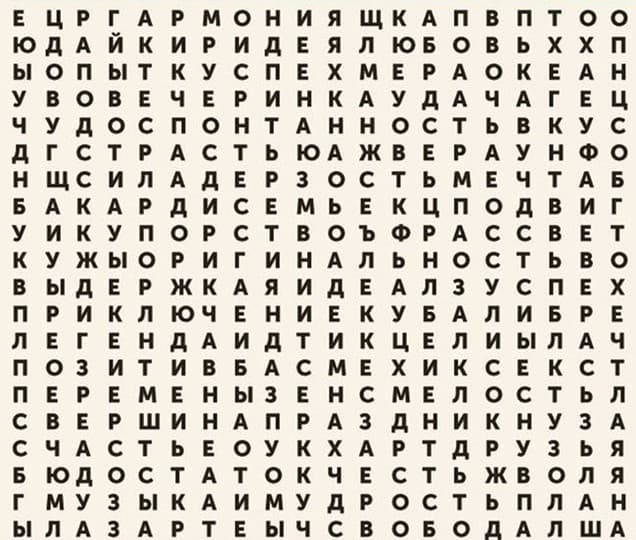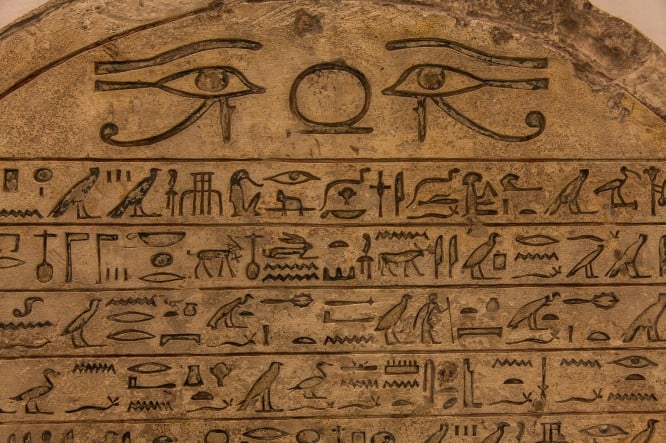Effective ways to think creatively
Effective ways to think creatively
It is generally accepted that creativity is the concern of creative people. Doctors, engineers, agricultural workers and other non-humanitarian specialists allegedly work according to proven algorithms and are confident in what they are doing. But if everyone reasoned like that, then there would be no scientific and technological revolution, no inventions of any kind.
Creative thinking, including in science and business, is the engine of progress. It allows you to broaden your view of the problem, find new approaches to solving problems and become a pioneer – to offer something more valuable to what we have now.
To stop reasoning stereotyped and start perceiving the surrounding reality freshly, you need to regularly leave the comfort zone of your thoughts – to use special technologies for the development of creative thinking.
Classical technique
In psychology, 2 methods of improving creativity are best known: “Dreamer, Realist and Critic” and “Six Hats”. The first belongs to the American cartoonist Walt Disney, the second to the British psychologist Edward de Bono. Both ways can help you find interesting ideas faster, get creative, and be more thoughtful.
Method “Dreamer, Realist and Critic”
Role-play in which you need to solve a specific problem from three different positions – dreamer, realist and critic. In the first case, you enter the image of an imaginative enthusiast and offer the most awkward ideas. In the second, become a pragmatist, make a clearly coherent plan of action to solve the problem, and think it over several times. In the third, you argue like a fussy, calculate critical moments and find mistakes in the proposed. Roles can be distributed among several people or you can try each of them on yourself.
The Six Hats Method
When preparing a project, you should “put on” 6 hats of different colors one by one. In white – carefully and impartially check all the facts, in black – to find flaws, in yellow – to analyze the advantages, in green – to figure out a few more ideas, in red – to react emotionally, and in blue – to summarize the work done.
Edward de Bono advises avoiding clichés, doubting more often, generalizing alternatives, and being bolder in ideas.
A selection of exercises from colleagues and partners
Classical methods of developing creativity are just one of the paths towards overcoming standard thinking patterns. Diversity will help you achieve your goals. Together with colleagues and partners, we have prepared several interesting, and most importantly, proven exercises that we regularly use ourselves and would like to advise you.
Random connections
Working with imagination. Open the first book that fell into your hands. On a spread, choose any two words at random. Most likely, they will not be interconnected in meaning. Your task is to compare them and come up with one common story for them, albeit unreal in reality.
Creativity is simply about making connections between things. When creative people are asked how they did something, they feel a little guilty because they didn’t actually do anything, they just noticed. This becomes clear to them over time. They were able to connect different pieces of their experience and synthesize something new. This is because they have experienced and seen more than others, or because they think more about it.
Steve Jobs
…
Association table
An exercise for those who are in a creative search. Before you is a table with letters. Focus your eyes and remember the word you saw first. Without hesitation, name 5 associations associated with it. These concepts will stimulate the search for ideas and become the impetus for the problem that you are unable to solve.

Fried facts
Since my student days, in order to assess the risks of an idea or project that has come to mind, I have been using a funny but effective method. I imagine the potential result and think about how the “yellow” and traditional “white” media can react to it.
Imagine that our organization X conducts a charity event to install an inclusive playground in a specific neighborhood in the city of Y. White media is likely to publish a material with a headline like “Company X presented the republic with the first playground for disabled children.” “Yellow” may react unexpectedly: “Company X is promoting itself at the expense of disabled children” or “Company X paid for advertising in neighborhood Y, playing on the feelings of disabled people”.
Thus, sorting through such headlines and reasoning like a journalist eager for fried facts, you can, firstly, discern the weak points of your project, and secondly, immediately work out its future reputation and PR risks. Finally, take a break from your routine and have some fun!
Creative architect
In this exercise, you are an architect. Write on a piece of paper 10 of any nouns that come to mind. For example, kiwi, winter, bronze, etc. Imagine that the listed words are 10 prerequisites for the customer, for whom you are designing his country house. And now, using the method of analogies, start filling the area: “kiwi” – glue green wallpaper in the rooms, “winter” – provide a space for an ice rink in the yard, “iron” – put bronze figures in the room and continue on this principle. Use your imagination and create a real home project.
Museum of one painting
I want to share with you one of my favorite creative exercises for designers. I met him while studying brand design at the Moscow Academy of Communications Wordshop. Imagine that you are opening a museum of one painting. For example, dedicated to the painting “The Son of Man” by Magritte Rene. Everything in this museum should reflect the style and meaning of the artist’s message. You will need to come up with and draw pictograms – the main designation of the premises for the sign, observing the requirements. Experiment, the imagination is limitless!

Search the Internet for historical fragments of Egyptian hieroglyphic writing. Look closely at the symbols, guess what they might mean, and based on your own guesswork, compose a few stories. You will be surprised how many interesting stories you have come up with. Some of them will definitely “shoot” at the next search for ideas.

You can learn to think more interesting than usual. Give the above exercises 10-15 minutes a day and don’t grab onto everything at once. Within a month, you will find changes – you will begin to notice more, look deeper. Creativity is contagious and life is multifaceted. Who knows, maybe the next great invention will belong to you?
Source: uplab
…

